Why Every Classroom Should Teach Digital Citizenship
When you teach digital citizenship to students, you can help to create a positive school culture that supports safe, responsible tech use.
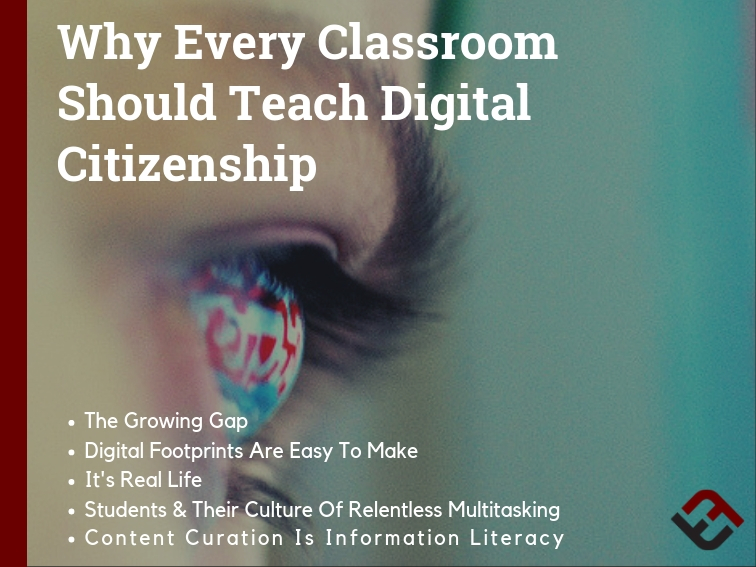
When you teach digital citizenship to students, you can help to create a positive school culture that supports safe, responsible tech use.
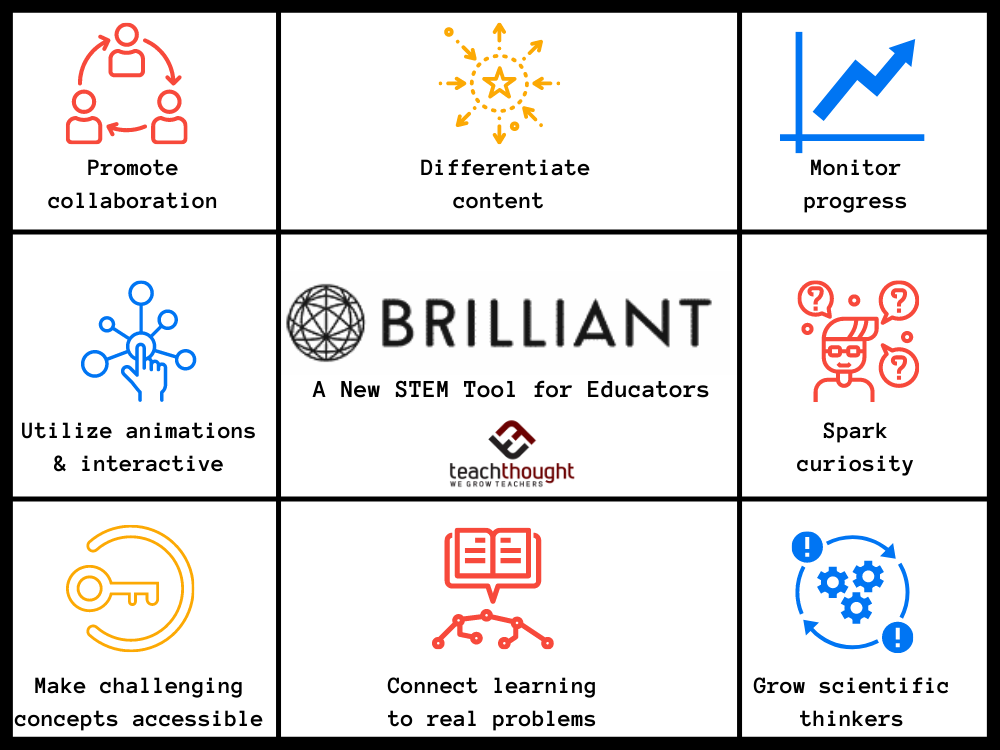
Brilliant.org is a new tool for STEM, an online learning platform that features logic, computational, and critical thinking.
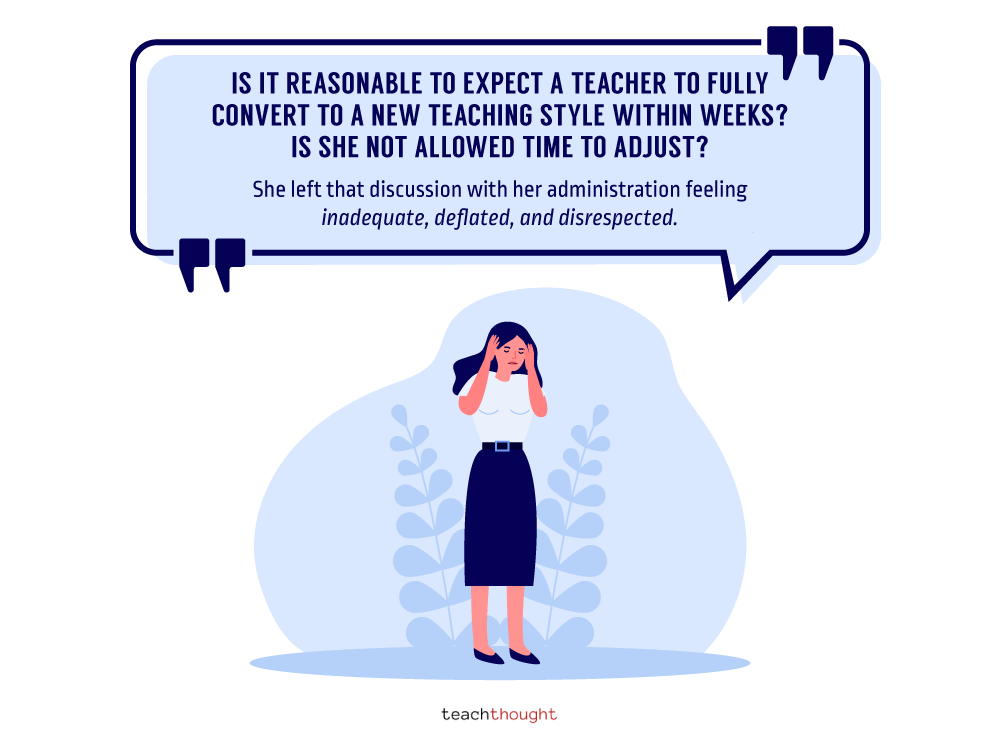
The push is to do more, do it faster, improve the student’s grades and, more importantly, their standardized test scores.
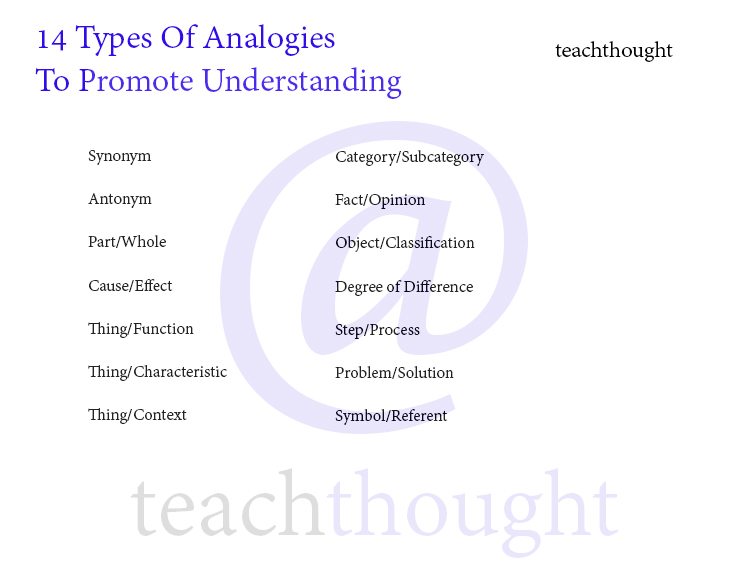
From part to whole to synonyms and antonyms, to cause and effect and step and sequences, here are good examples for teaching with analogies.
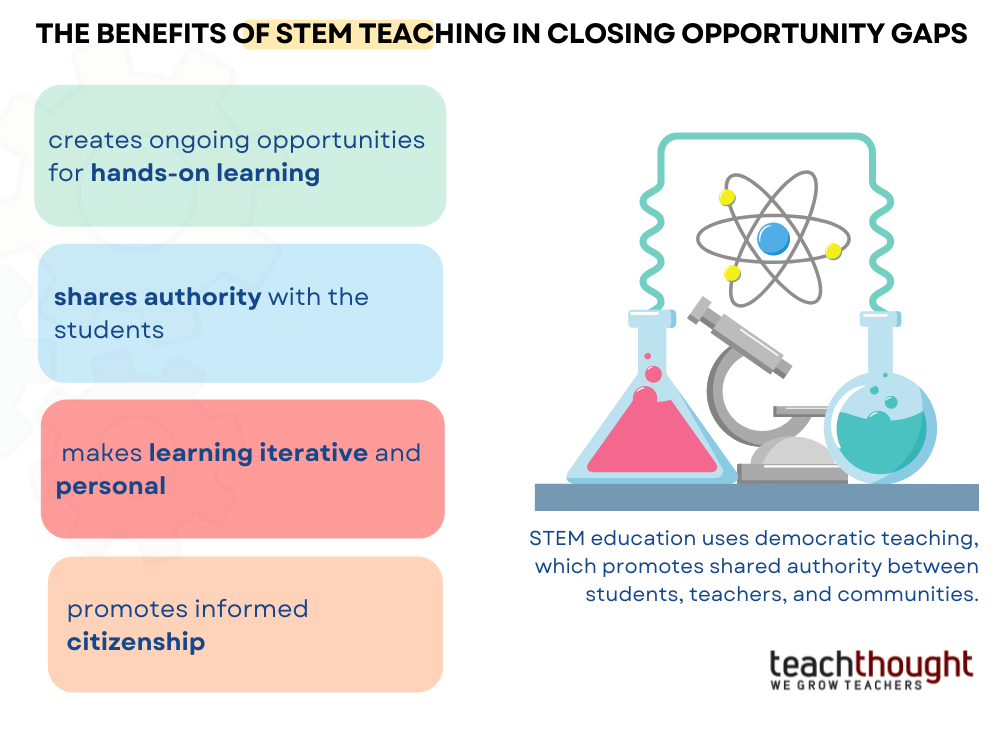
Democratized STEM education promotes shared authority between students, teachers, and surrounding communities.
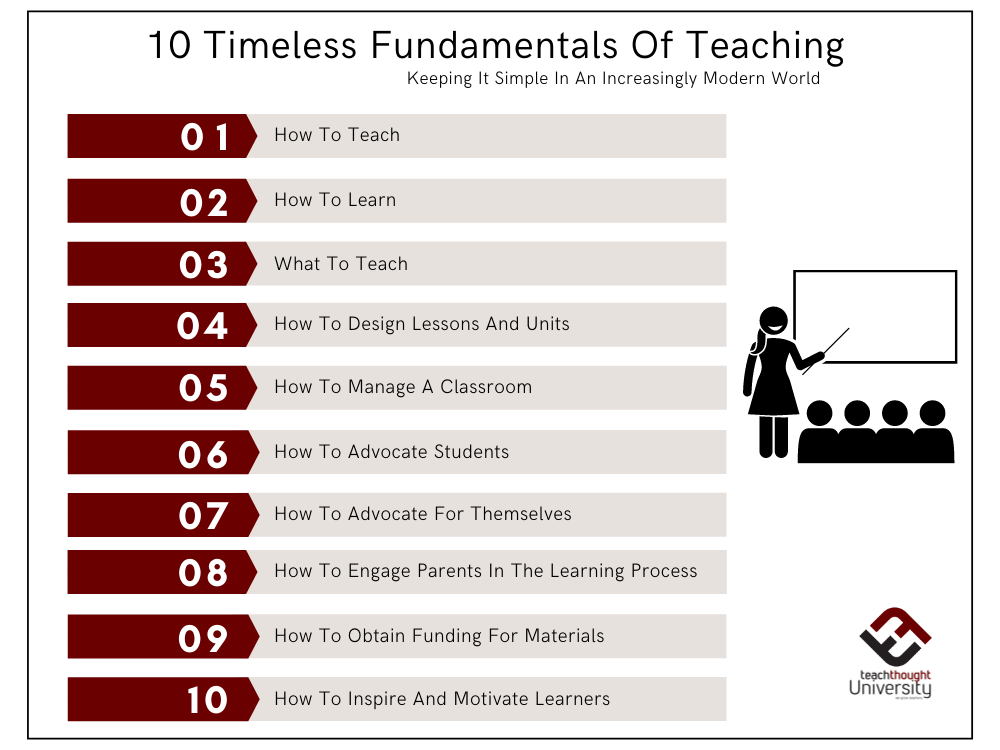
Here is a look at the essential teaching fundamentals to learn before entering the classroom, ranked in order of importance.
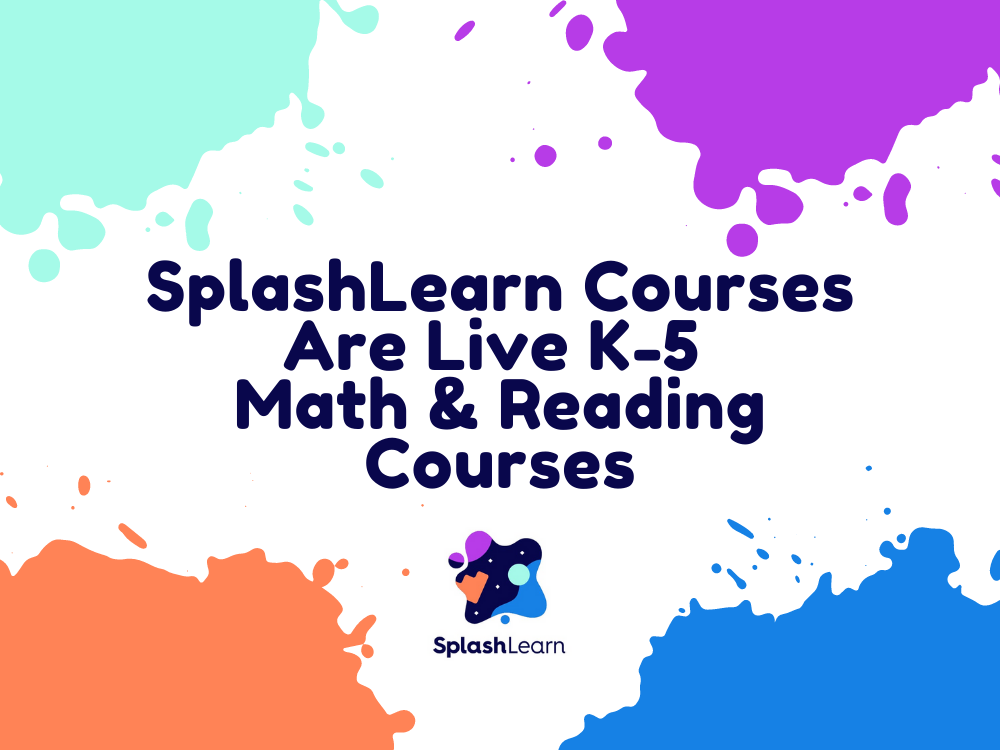
SplashLearn Courses are engaging, live K-5 Math and Reading tutoring classes for elementary school-aged students.
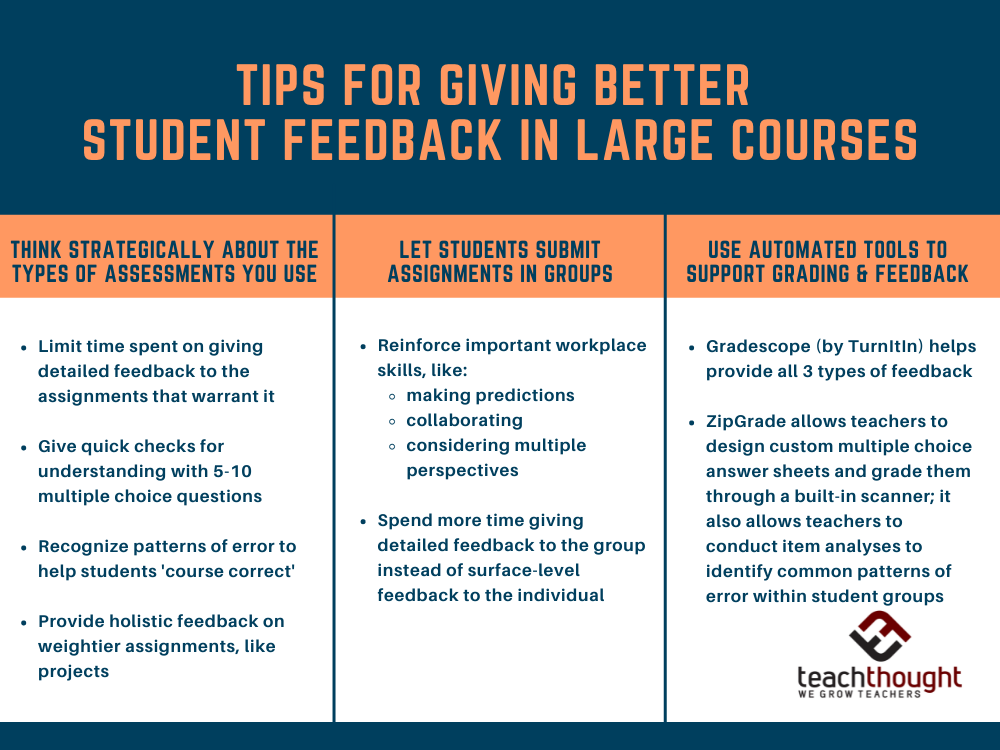
Although giving better student feedback in a large classroom can be challenging, it’s possible to do so without sacrificing substance.
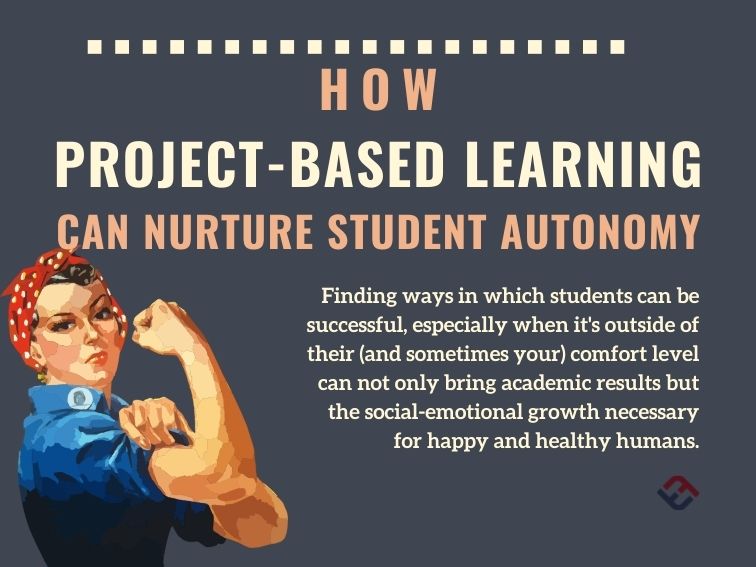
Project-based learning can nurture student autonomy by requiring students to make authentic decisions about what they learn and do.
‘Personalized learning’ can often seem synonymous with ‘time-consuming’ and ‘overwhelming,’ but it doesn’t have to be that way.
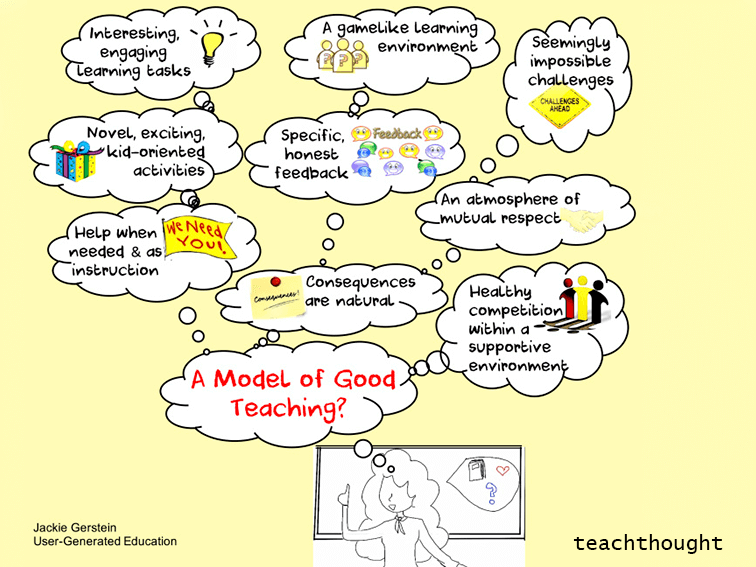
There are elements of play, leveling up, and a sense of mastery or achievement upon accomplishing each challenge.
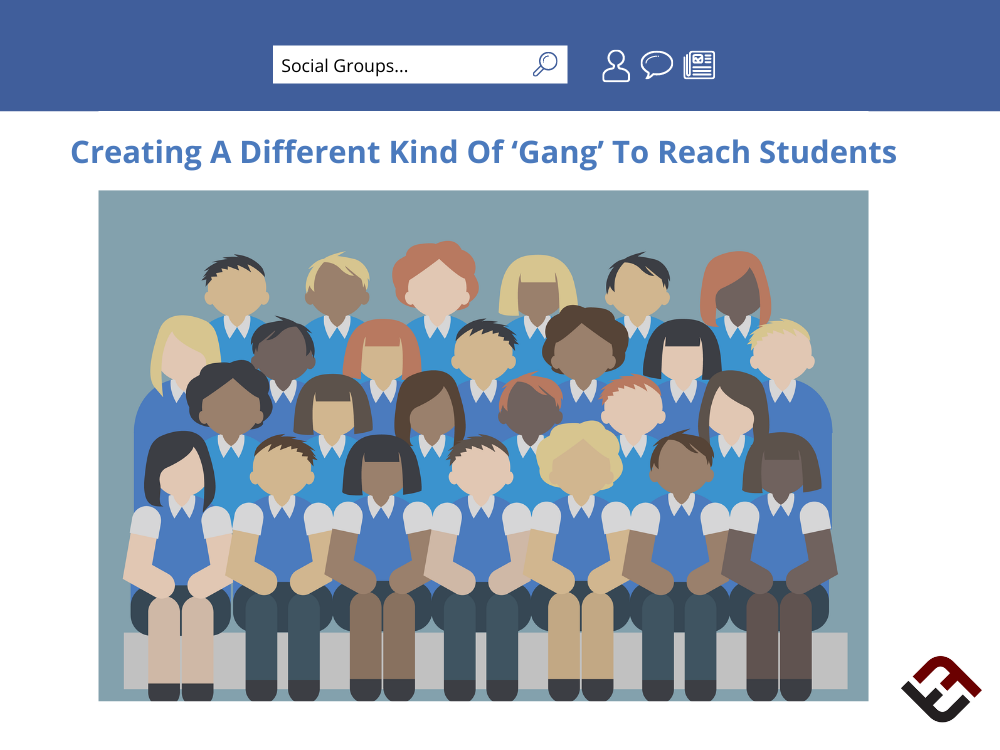
More authentic and diverse in-school social groups can engage challenging, hard-to-reach students in powerful ways.
End of content
End of content